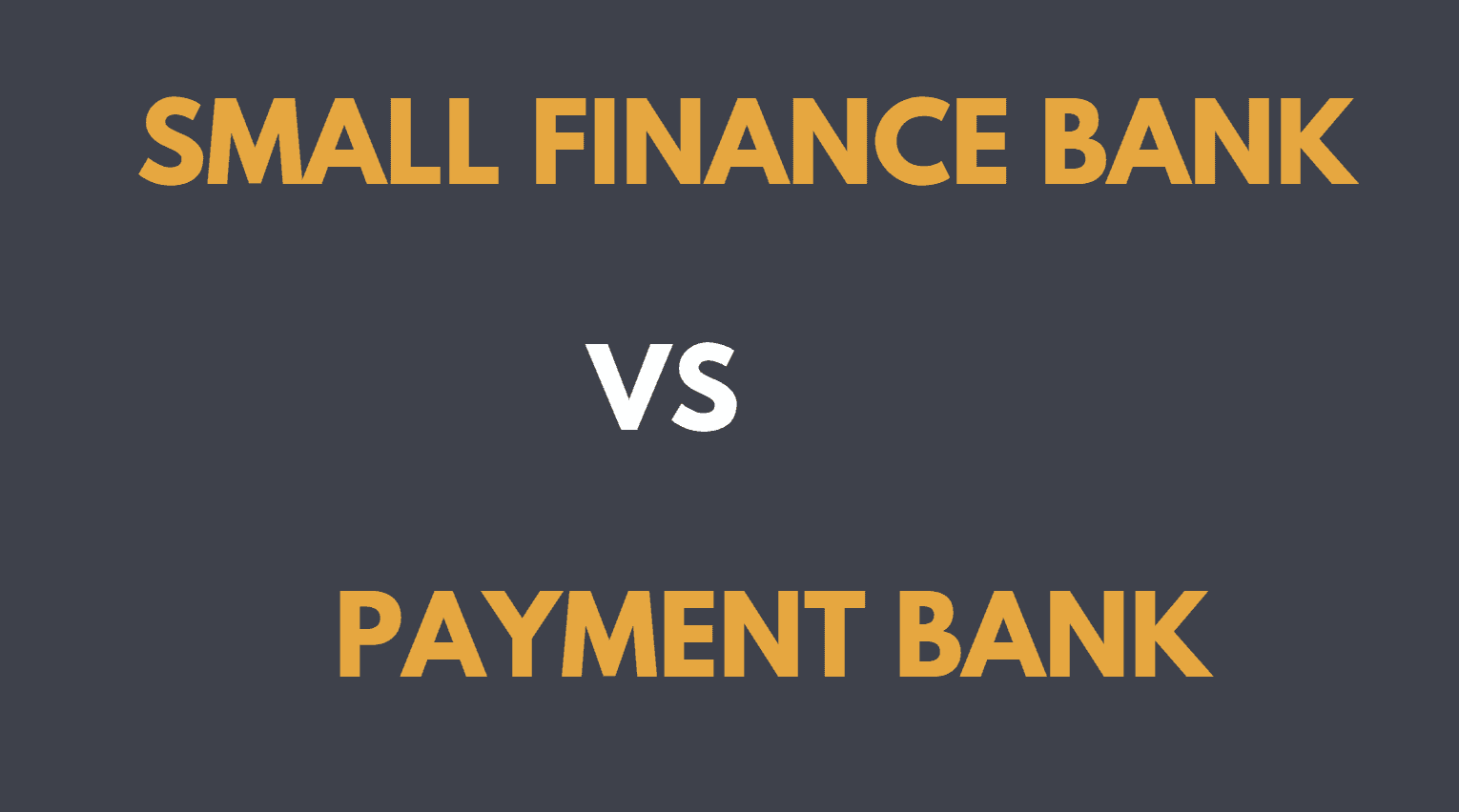The Reserve Bank of India (RBI) grants two kinds of banking licenses to financial institutions across the country. Apart from the common Universal Bank Licence, that caters to commercial banks like HDFC, Axis, ICICI, etc, the RBI issues what’s called the Differentiated Bank Licence to cater to niche banks. Among the latter kind, we have mainly two kinds of banking institutions ― Small Finance Banks and Payment Banks.
Small Finance Banks are run with the aim to provide financial inclusion by supplying credit to small business units, farmers and micro industries, and other unorganized sectors through high technology and cost-effective operations. They are niche banks with the provision of savings vehicles for marginalized demographic sections.
Small Finance Banks undertake basic banking facilities like accepting deposits and lending capital to underserved sectors of the population. Some of the most prominent examples of such banks are the Ujjivan Small Finance Bank in Bangalore, AU Small Finance Bank in Jaipur, Equitas Small Finance Bank in Chennai, etc.
Payment Banks also operate in order to increase financial inclusion, and they do so by providing services like small savings accounts, payments/remittance services to migrating labour workforces, minor businesses, and low-income families, etc. They aren’t allowed to lend any capital to customers or issue ATM/Debit/Credit cards or host net-banking and mobile banking services.
These banks must comply with the initial restriction of a maximum balance of Rs. 1 lakh per individual customer and maintain a minimum 75% of deposits in Government bonds and up to 25% deposits with other regular commercial banks. Some of the active payment banks in India are Airtel Payments Bank, Paytm Payments Banks, NSDL Payments Bank, etc.
The key differences between Small Finance Banks and Payments Banks are summarized as follows:
1. Payments Banks can be promoted by prepaid card issuers, telecom companies, NBFCs, business correspondents, supermarket chains, corporates, realty sector co-ops & PSUs. Whereas Small Finance banks are promoted by individuals with at least 10 years of experience in finance, NBFCs, local area banks, etc.
2. The promoters’ share in Payment Banks needs to be 40% for the first 5 years from the date of starting their business, whereas for Small Finance Banks the initial 40% share can be gradually brought down over a period of 12 years to 26%.
3. Payment Banks are limited to only accepting demand deposits and hold up to Rs. 1 lakh per person, whereas Small Finance Banks can accept all kinds of deposits (like Universal Banks) such as FD, RD, Savings, and Current, etc.
4. Payment Banks are allowed to distribute mutual funds, insurance policies and other similar non-risk simple financial products. Small Finance Banks must ensure that loans and advances, not exceeding Rs. 25 lakh, must constitute at least 50% of its loan portfolio.
Thus, we can see that while both Small Finance Banks and Payment Banks are niche banks, the former mainly caters to small scale industries and farmers whereas the latter is geared to provide remittance services for migratory labourers and similarly unorganized sectors.






Be the first to comment